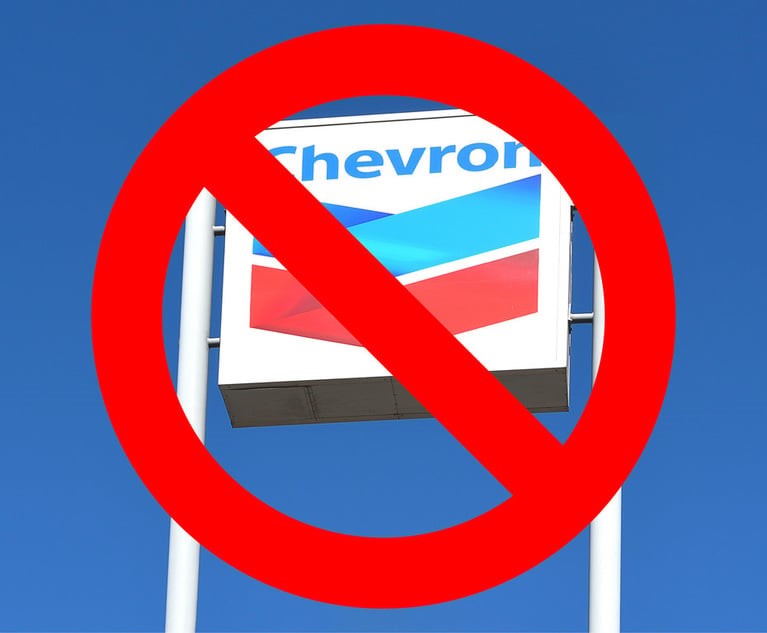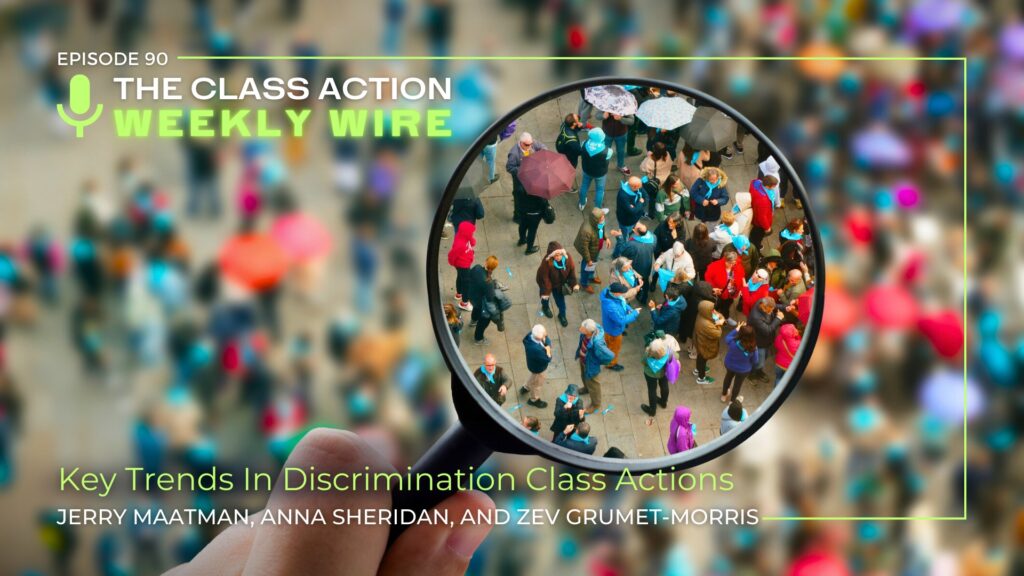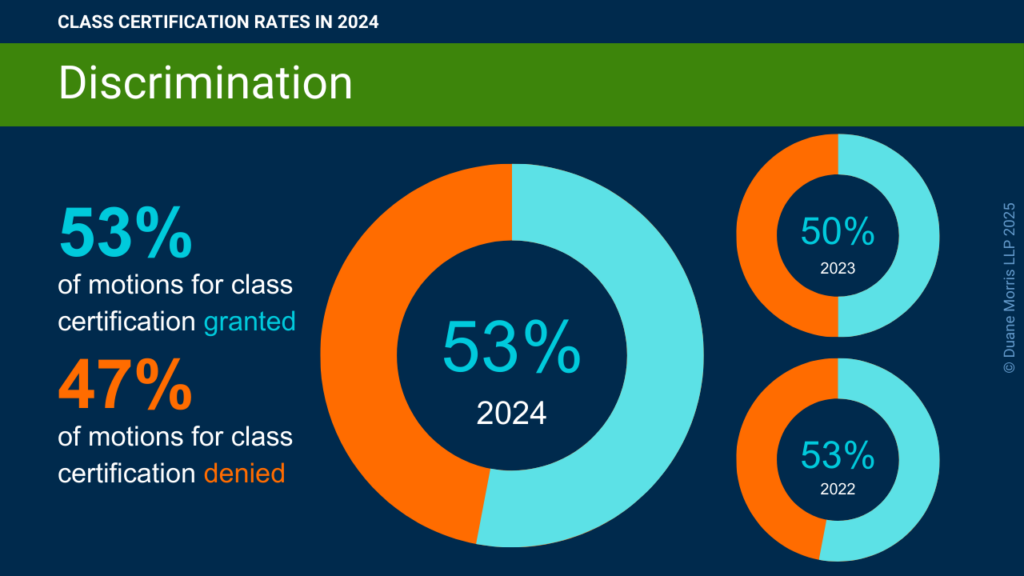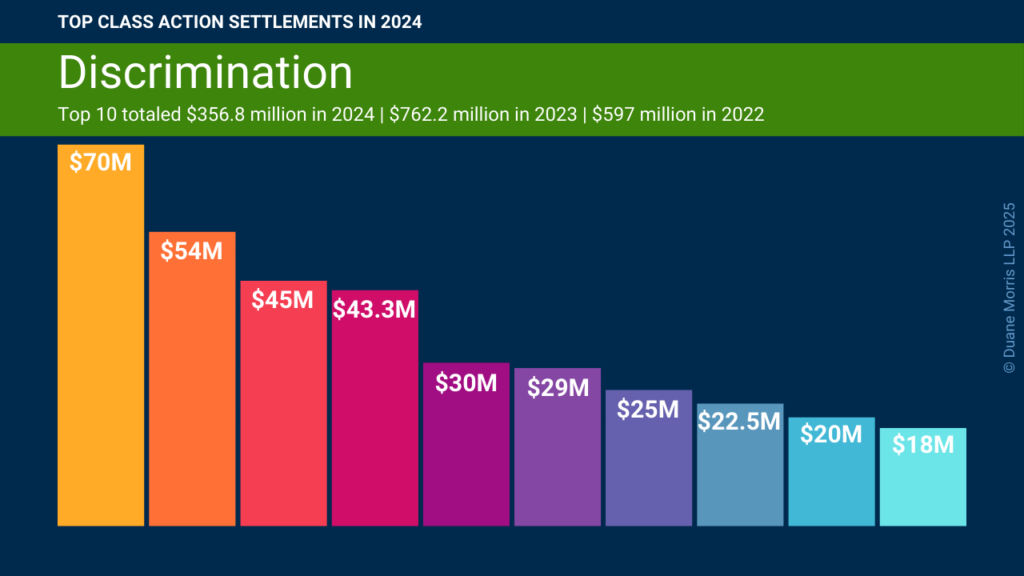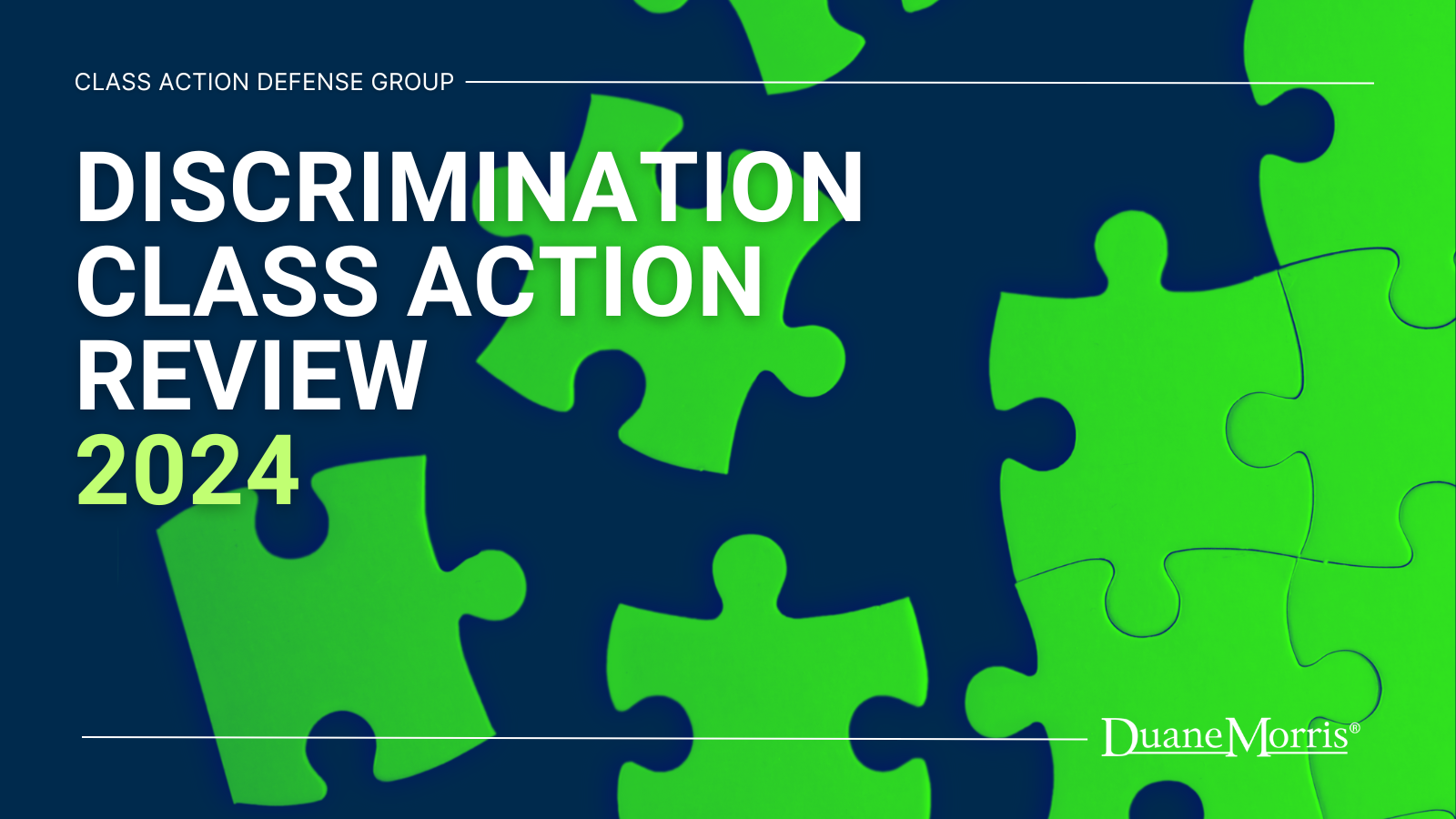By Gerald L. Maatman, Jr. and Christian J. Palacios
Duane Morris Takeaways: On July 30, 2025, Judge Eric Komitee of the U.S. District Court for the Eastern District of New York dismissed a plaintiff’s ADA discrimination lawsuit against her employer after finding that the plaintiff failed to satisfy the statutory 180-day waiting period before receiving a right-to-sue (“RTS”) letter from the EEOC. The case, Prichard v. Long Island University, Case No. 23-CV-09269 (E.D.N.Y. July 30, 2025), is significant because it represents one of the first applications of Loper Bright Enters. v. Raimondo, 603 U.S. 369, 401 (2024) (“Loper Bright”), where a court has held that an EEOC regulation is incompatible with the text of an employment discrimination statute. This ruling is a critical development for employers seeking to control the timing of when a plaintiff can bring a discrimination claim and marks the first of many challenges to the longstanding deference the Commission has enjoyed when interpreting employment discrimination statutes in a post-Loper Bright world.
Background and The EEOC’s Early RTS Regulation
Cecilia Prichard, a financial aid counselor at Long Island University (“LIU”), was terminated in 2022 after exhausting her FMLA leave following a kidney transplant. Id. at 1. Prichard filed a charge with the EEOC on July 24, 2023, alleging disability discrimination under the Americans with Disabilities Act (“ADA”). At her request, the EEOC issued an early RTS letter only 57 days later — well before the 180-day statutory waiting period elapsed.
With her early RTS letter in-hand, Prichard commenced her suit in New York federal court against her employer, alleging it violated the ADA, as well as other state-specific human rights laws. Id. at 3. LIU moved to dismiss, arguing that the early RTS letter was invalid and thus, Prichard had not satisfied the precondition to filing suit under Title VII. See 42 U.S.C. § 2000e-5(f)(1)
By way of context, the EEOC regularly issues “early” RTS letters upon a charging party’s request prior to the expiration of Title VII’s 180-day statutory waiting period if the Commission determines that it is probable it will “be unable to complete its administrative processing of the charge within 180 days from the filing of the charge.” See 29 C.F.R. § 1601.28(a)(2). This regulation, as well as other regulations promulgated by the Commission, have previously enjoyed longstanding “Chevron deference,” which required judicial deference for agency interpretations of vague laws. In the Supreme Court’s 2024 ruling in Loper-Bright, it eliminated “Chevron deference,” holding it was the courts, not agencies, that determined statutory meaning. Loper Bright at 401.
There is currently a circuit split regarding the Commission’s “early RTS” regulation, and it has been upheld as lawful by the Ninth, Eleventh, and Tenth Circuits (prior to Loper-Bright). See Saulsbury v. Wismer & Becker, Inc., 644 F.2d 1251 (9th Cir. 1980); Sims v. Trus Joist MacMillan, 22 F.3d 1059 (11th Cir. 1994); Walker v. United Parcel Serv., Inc., 240 F.3d 1268 (10th Cir. 2001). In contrast, the D.C. Circuit has invalidated the regulation while the Third Circuit has opined, in dicta, that early RTS letters should be discouraged as contrary to congressional intent. See Martini v. Federal Nat. Mortg. Ass’n, 178 F.3d 1336 (D.C. Cir. 1991); Moteles v. Univ. of Penn., 730 F.2d 913, 917 (3d Cir. 1984). The Second Circuit has not addressed this question, however as Judge Komitee observed in his ruling, district courts have decided this issue both ways. Prichard Order, at 5.
The Court’s Ruling
In a short, seven-page order, Judge Eric Komitee sided with LIU, concluding that the EEOC exceeded its statutory authority by issuing an RTS letter before the 180-day period had expired. As the Court observed, “Prichard’s assertion that deference is due the EEOC’s interpretation of the statute effectively urges this court to operate in a parallel universe in which Loper Bright had been decided the other way. No case that Prichard cites (or that the Court has identified) sided with the EEOC on textual grounds without according deference: they either deferred to the agency pre-Loper Bright, or relied primarily on policy considerations.” Id. at p. 7. The Court then “directed” the EEOC to reopen Prichard’s charge and granted Prichard leave to re-file once: (1) the Commission dismissed her claim; or (2) investigated for 123 more days and neither filed a lawsuit or entered into a conciliation agreement. Id.
Takeaway for Employers
The Prichard ruling illustrates the consequential impact of Loper Bright on employment discrimination litigation, specifically with respect to the Commission’s ability to interpret the employment discrimination statutes it is meant to enforce. Although the issue decided in Prichard is comparatively low stakes (given plaintiff’s lawsuit was ultimately dismissed without prejudice and she was granted leave to re-file), this ruling may be one of many where courts challenge other, more consequential EEOC regulations, in the absence of Chevron deference.
From a strategy perspective, employers may now be able to better control the timing of when plaintiffs bring their employment discrimination claims (ensuring they first exhaust the 180-day waiting period). Such a strategy carries with it, its own risks, however, and many employers welcome early RTS letters. In the event an employment discrimination charge is heavily investigated by the Commission, and the employer receives a request for information (“RFI”) from the EEOC, the employer may be forced to provide the complaining employee with wide-ranging “free discovery” that it would ordinarily be able to contest in court. Employers should evaluate such early RTS letters on a case-by-case basis and determine, as a matter of strategy, whether it makes sense to contest the lawsuit-permission letter, or simply litigate the matter in court.

